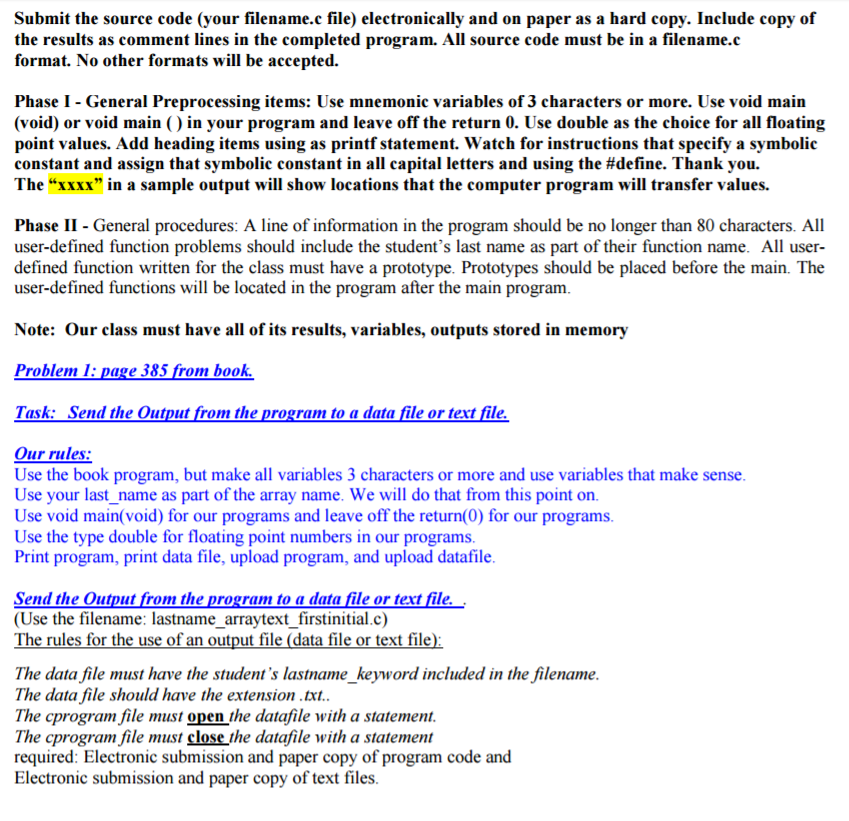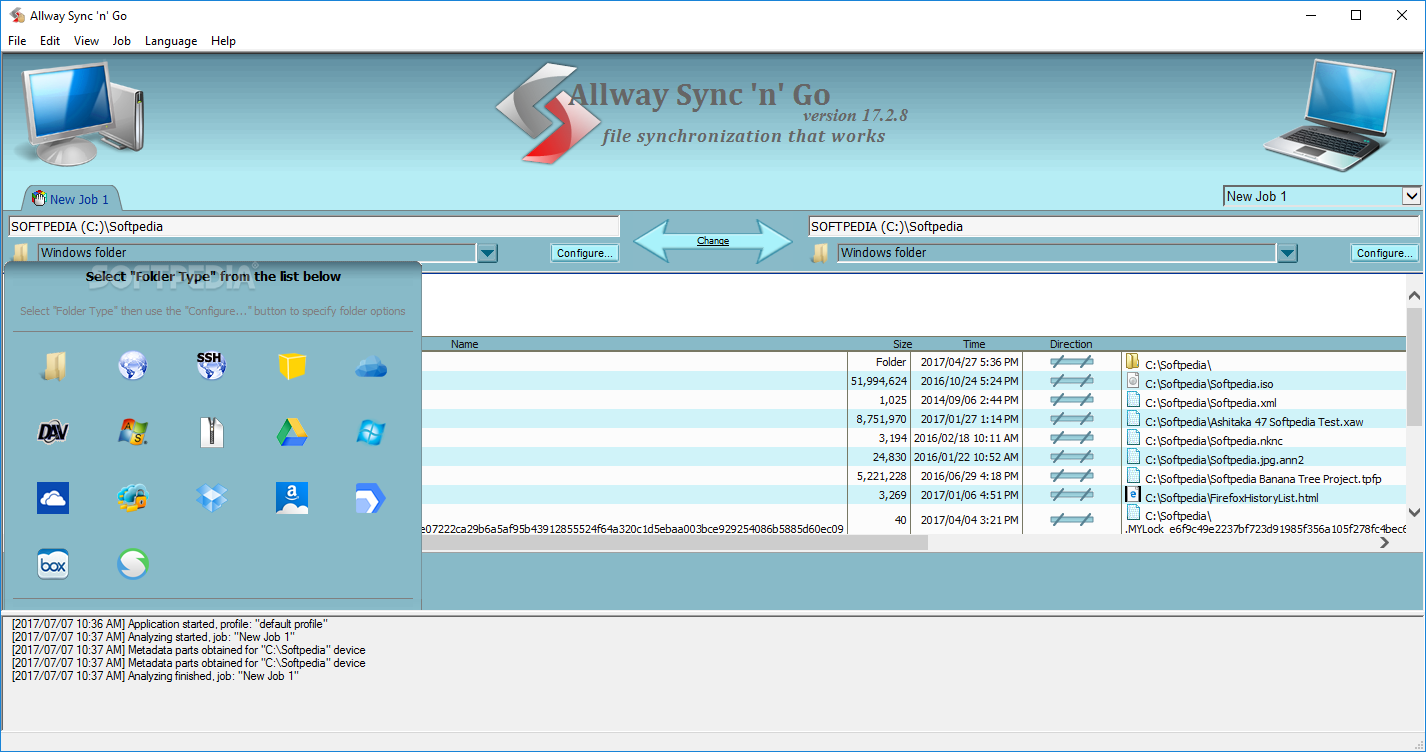
Enter the name for the step, and choose the database that would be targeted by the step.

In Steps tab, select the New… button to open the New Job Step window. Optionally, the category and description for the job can also be provided. In General tab specify the name and the owner for the job. If SQL Server Agent service is running already, just skip this step.Įxpand the SQL Server Agent node, right click on Jobs, and select the New Job option. Locate the SQL Server Agent service for the respective instance, right-click on it, and choose Start. If the message “Agent XPs disabled” is displayed, go to Control Panel\System and Security\Administrative Tools\ and run the Services shortcut. Make sure that the SQL Server Agent service is running: open the Object Explorer, and check the icon for SQL Server Agent. To create the SQL Server Agent schedule, perform the following steps: This option would require some basic understanding of dynamic T-SQL scripting and date and time functions, but automates the process entirely, and offers many possibilities for the backup name customization.

To use this option, it is necessary to have the SQL Server Agent service installed and started. There are several other options available for creating daily database backups with the mentioned parameters:Ĭreate and use the SQL Server agent scheduleĬreate and use SQL Server Maintenance plan The data can be typed in manually for each backup created, but doing so for the multiple databases on the multiple servers would be an impossible task. Old backup files are usually obsolete, and they can be easily identified and deleted from the drive either manually, or by using a script.ĭepending on the user requirements, backup names can contain information such as server name, SQL Server instance name, database name, backup type, date and time.

Properly formatted backup names make the job of organizing and maintaining the backup sets much easier. In both cases, it is necessary to format database backup names properly. Some database administrators use the batch or power shell scripts for automation, while others prefer to use various 3 rd party solutions. In order to successfully implement these strategies in a larger environment, configuring automated backup and restore processes is a must. Well organized backup and restore strategies will definitely help with this. When working with a large number of databases on multiple SQL Servers, creating a foolproof disaster recovery plan can be challenging.


 0 kommentar(er)
0 kommentar(er)
